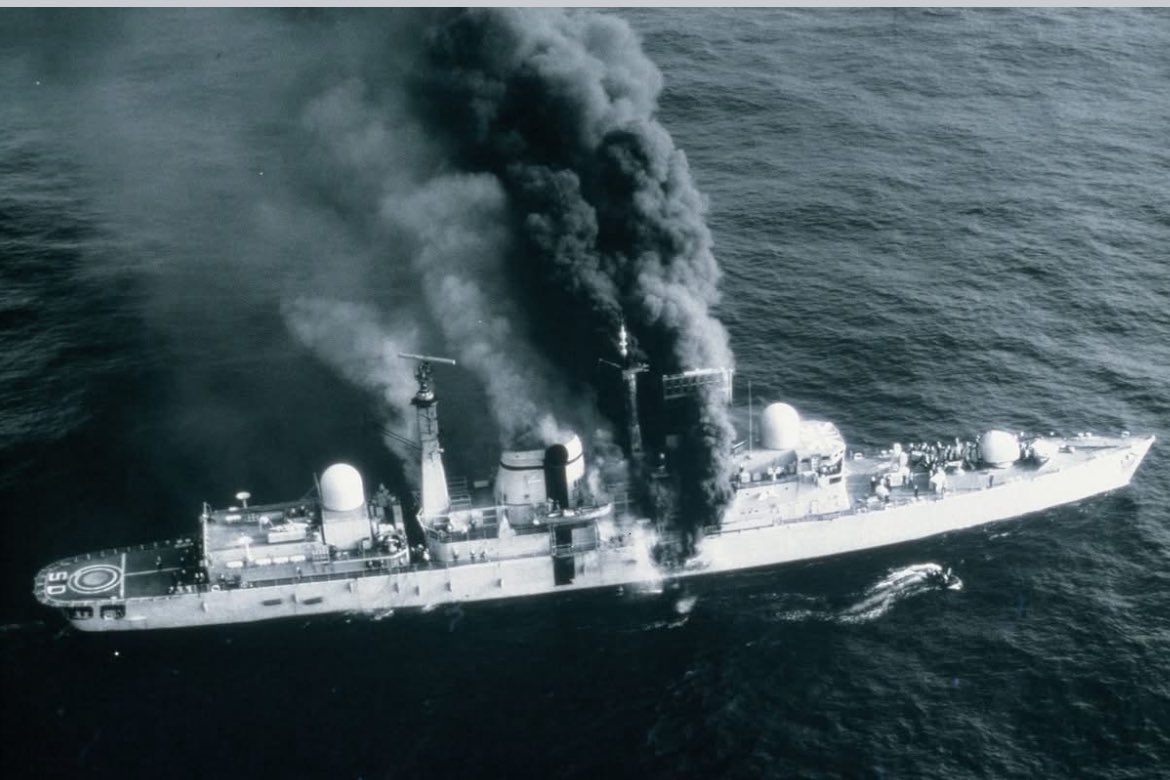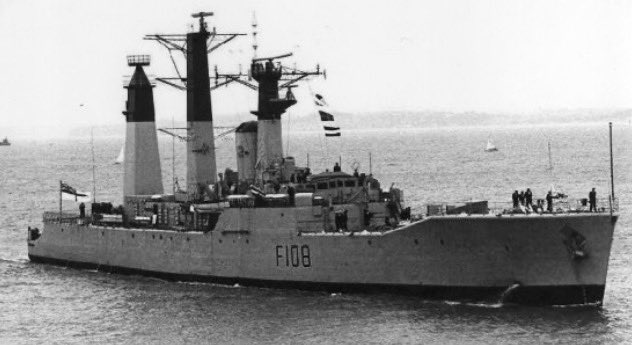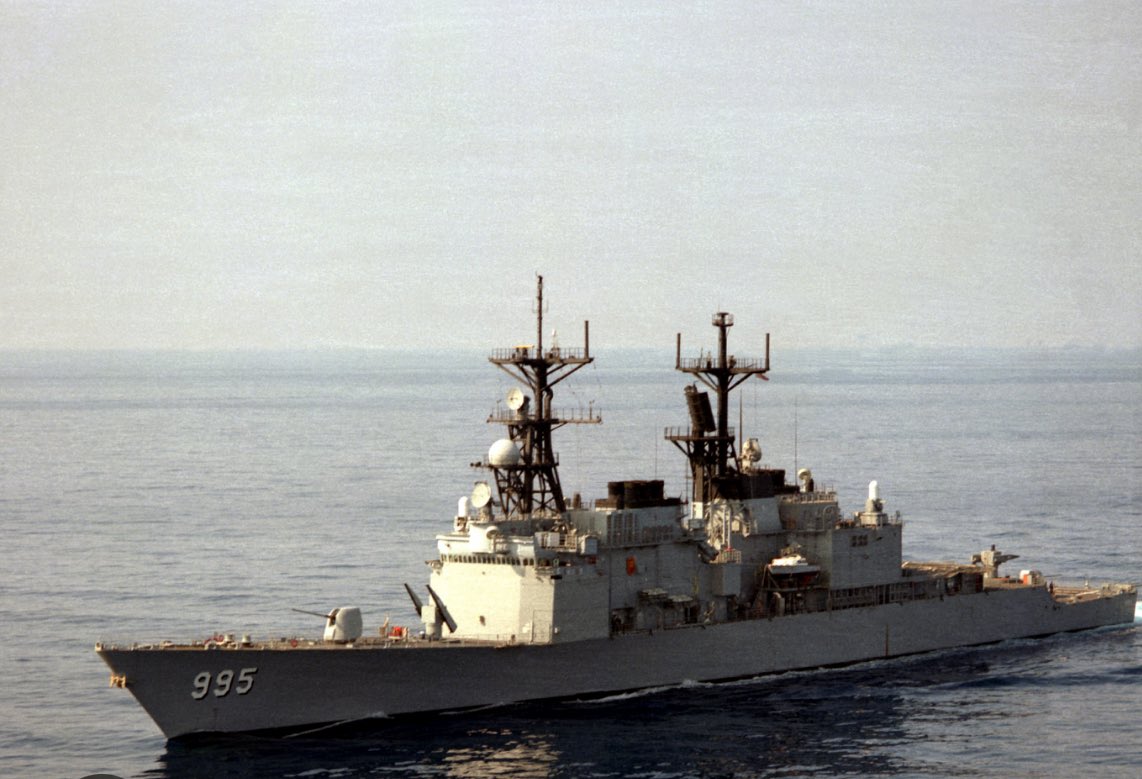🧵following the release of the UK Ministry of Defence Service Enquiry into the loss of F35B Lightning ZM152 from HMS Queen Elizabeth during the Carrier Strike Group 2021 deployment. Focus for 🧵is on workforce issues, principally insufficient personnel leading to fatigue.
The UK F35 workforce was insufficiently resourced from inception. This has led to an inability to generate the required Operational Capability. This is not just about Pilots, it’s the entire workforce. 

During #CSG21 617 Squadron embarked in HMS Queen Elizabeth with 8 aircraft and 113 personnel. USMC Squadron VMFA-211 embarked 10 aircraft and 255 personnel.
VMFA 211 -25 personnel per jet.
617 Sqn - 14 personnel per jet.
VMFA 211 -25 personnel per jet.
617 Sqn - 14 personnel per jet.
To reach 113 personnel for the deployment, 617 had to borrow 15 people from 207 Squadron. During the course of the deployment, which was nearly over at the time of the accident, 12 personnel from 617 were returned home without replacement for either personal or health reasons.
It was not discovered until the deployment got under way, that being embarked in a Carrier placed significant extra workload on personnel when compared to operating ashore. 

Both 617 Squadron & VMFA-211 squadrons had to be capable of operating from either ashore or from a ship. But as shown in manning levels, very different conclusions had obviously been drawn about the numbers of personnel required to achieve this.
VMFA-211’s approach was to sustain rates of operational flying and it was resourced to do so. It did not participate in ‘Defence Engagement Flying’. The unforeseen difference in approaches contributed to increased fatigue in the ship. 

During pre-deployment exercises it was realised that 617 Squadron needed more personnel. A noticeable contrast in experience levels between 617 and the other embarked squadron (VMFA-211) was noted. 

Key personnel from 617 were absent from pre deployment exercises, and the squadron was less well prepared then CSG21 planners had perhaps believed. 617 faced a higher op tempo then it was ready for. 

617 squadrons Operational Capability Certificate (OCC) defined 3 levels of operational tempo. Routine, Operational & Surge. The OCC was available to CSG21 planners, and the baseline flying programme for the deployment equated to ‘surge’ level operations. 

Engineers were under represented at planning meetings and opportunities to realise the levels of fatigue they were under were missed. It was not recognised that during a cycle of 6 days flying/1 day stand down, that Engineers were still having to service aircraft on day 7. 

The Senior Engineering Officer job in 617 Squadron had been filled by 5 Officer’s in 2 years leading up to the deployment. This was a Sqn Ldr/Lt Cdr post, but had to be filled by two less experienced officers for a period. The position was declined by one Officer. 

All of the above contributed to ZM152 ditching on launch from HMS Queen Elizabeth on Nov 17th 2021 off the north coast of Egypt, because the left engine intake blank was still in position as the aircraft launched. 

Under resourcing of the armed forces in terms of insufficient personnel levels has been highlighted again recently. It matters because it places increased burden on those left. This causes fatigue and can lead to accidents. In this case fortunately there was no loss of life.
However operational capability has been affected due to the loss of an F35 airframe. It will be replaced but in the meantime you are 1 aircraft short. ‘Lean Manning’ has been en vogue in the UK armed forces since the 90’s. It’s risks may not have been fully considered.
What is also shown is that operating high performance, complex jets from aircraft carriers requires proper resourcing, training, constant vigilance, proper planning & engagement with all involved.
@TomSharpe134 @pinstripedline @UKDefJournal @NavyLookout @SSN14CO @ZDNR @FouthTimeLucky @SMACT72 @DrChrisParry @paul_tremelling @StevenShorrock @SamCooper757 @tillykium @RichJones89
• • •
Missing some Tweet in this thread? You can try to
force a refresh












